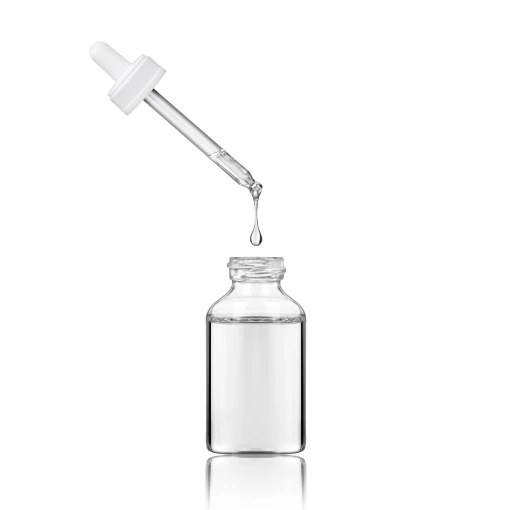IUPAC Name
Propane-1,2,3-triol
Cas Number
56-81-5
HS Code
2905.45.00
Formula
C3H8O3
Industry
Palm Derivatives
Appearance
Clear Colorless Liquid
Common Names
1,2,3-propanetriol, Glycerol
Packaging
20 MT/20’FT FCL in 250 Kg Net New Epoxy Lined Steel Drum
BRIEF OVERVIEW
Refined glycerine, often referred to as glycerol or glycerin, is a basic sugar alcohol that has three hydroxyl groups, which contribute to its hygroscopic properties and water solubility. This material highlights its inherent sweetness and low toxicity with its colorless, odorless, and clear liquid state. It has a high viscosity and boiling point as well. It comes from petrochemical feedstock and is used in a variety of sectors, including the food, pharmaceutical, cosmetic, personal care, and biodiesel industries.
MANUFACTURING PROCESS
Threshing
The initial stage of palm fruit processing involves meticulous removal of the primary stem and attached spikelets through the threshing process, preparing the fruit for subsequent treatment.
Sterilization
The palm fruit undergoes steam sterilization, ensuring a high-temperature treatment to prevent oil oxidation and hydrolysis of oil-splitting enzymes. This process also aids in separating the fruit's walls from the kernel, gum, and resin due to enhanced internal moisture from the steam.
Digestion
Mechanical mixing and smashing of sterilized palm fruits occur during digestion, facilitated by a rotating mechanism under elevated temperatures. This process breaks down the pulp and cells, releasing the necessary palm oil with added heat for smooth mixing.
Pressing
Processed palm fruit undergoes pressing in a robust hydraulic machine, applying pressure in a sturdy metal cage. This method extracts palm oil from the pulp, collected for subsequent processing.
Oil Clarification
Following extraction, additional processing involves oil purification. Hot water is introduced to address moisture, fibrous material, and cell debris. This initiates a separation process, filtering particles and creating a clear distinction between water and oil layers for further processing and storage.
Deacidification
To eliminate free fatty acids and enhance the oil's shelf life, solvent extraction with methanol is employed. Stirring the combination results in the preferential dissolution of free fatty acids in methanol, a crucial step to prevent oxidation and unwanted odors.
Saponification and Transeferication
Hydrolysis under high pressure and temperature breaks down deacidified palm oil into fatty acid and glycerol/glycerine chains. While glycerine is now ready for extraction, further refinement is necessary before labeling it as refined glycerine.
Glycerin Pre-treatment
Various separation techniques are applied to purify the combination of glycerine and fatty acid chains. Distillation of the oil combination extracts glycerine, utilizing heat to encourage glycerol and fatty acid evaporation, with glycerine evaporating more readily due to its lower boiling point.
Evaporation
Complete refinement of glycerine requires the elimination of residual methanol from the deacidification process. Evaporating the methanol ensures the production of thoroughly refined glycerine.
APPLICATION
Pharmaceuticals Industry
The pharmaceutical industry relies significantly on glycerine as a raw material for medicines, suppositories, cough medications, and anesthetics.
Cosmetic Industry
The moisture-keeping qualities of glycerine improve the shelf life of beauty products while retaining their softness and creaminess.
Food Industry
Used as a sports hydration aid and as a sweetener in a variety of food items
Industrial Applications
Research on glycerine as an additive for gasoline to lower hazardous emissions is still ongoing. Its lubricating qualities diffuse heat, lower friction, improve mechanical efficiency, and guard against overheating. Due to its economic viability, glycerine is used as a chemical intermediate and in a variety of industrial applications.
